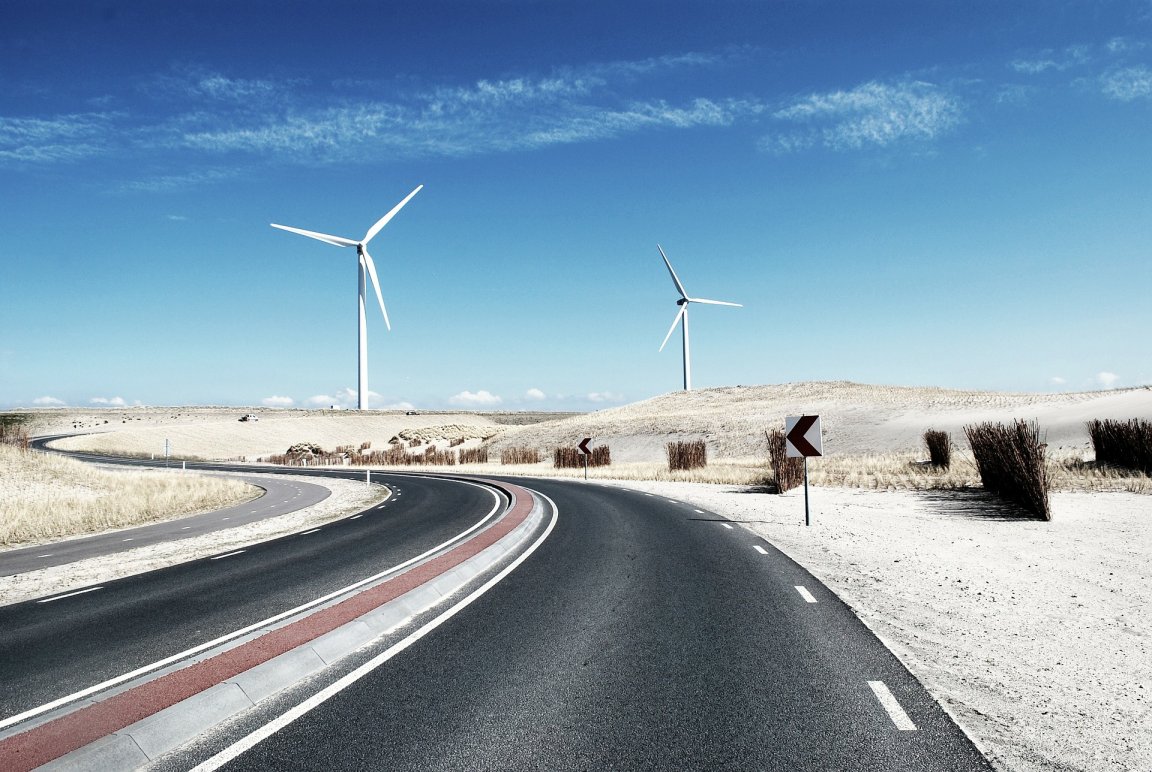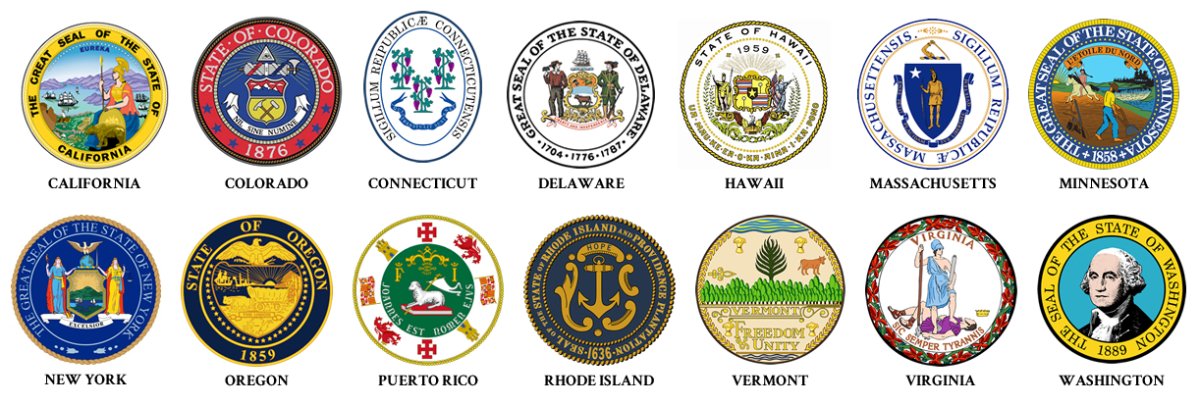
The Will to Fight
When a door closes, a window opens, says an old adage. Well, for a number of states and their effort to fight climate change, it’s not enough to open a window — they’re keeping the door open. Almost immediately after U.S. President Donald Trump decided to withdraw the country’s commitment to the historic Paris Climate Agreement, the United States Climate Alliance was born.
First there were three — California, New York, and Washington State. “I don’t believe fighting reality is a good strategy — not for America, not for anybody,” California governor Edmund G. Brown, Jr. previously said in a statement. “If the President is going to be AWOL in this profoundly important human endeavor, then California and other states will step up.”

Now, the alliance boasts a membership of 13 states and Puerto Rico representing a bi-partisan coalition “committed to the goal of reducing greenhouse gas emissions [26-28 percent from 2005 levels] consistent with the goals of the Paris Agreement.” Latest to join the group is Colorado, after governor John Hickenlooper passed an executive order to cut the state’s greenhouse gas emissions before 2025.
A Firm Commitment
So far, the U.S. Climate Alliance represents more than 33 percent of the U.S. population. That’s roughly $7.16 trillion of the nation’s GDP. The 14 members also cover a total of 1.3 million clean energy jobs. “This is a grassroots-based movement,” Gov. Hickenlooper said in a statement, the Denver Post reported. “That groundswell will build into a national movement.”
Clearly, the alliance is not something that can be ignored or easily dismissed — and they’ve been showing it. Each of the governors of these states have firmed up efforts in their respective states to make sure they meet the goals set by the Paris accords.
Above all, what these states represent is hope for a cleaner future. At the very least, it means that the U.S. — currently the second largest contributor to greenhouse gasses, according to the Union of Concerned Scientists — isn’t letting up on efforts to save our planet, despite the seeming absence of federal support.
And to be absolutely clear, effects of climate change aren’t mythical. Towns are sinking, large swaths of the Great Barrier Reef are doomed, the “doomsday” seed bunker has been threatened, sea levels are rising faster than we ever expected, and species are going extinct at alarming rates. The repercussions of climate change are varied, are only going to increase in severity unless we take action now, and are absolutely, undeniably real.

In short, Earth’s climate is changing rapidly. We know this from billions of observations, documented in thousands of journal papers and texts and summarized every few years by the United Nations’ Intergovernmental Panel on Climate Change. The primary cause of that change is the release of carbon dioxide from burning coal, oil, and natural gas. We are the cause.
As Washington state governor Jay Inslee said, we must also be the solution, “Our collective efforts to act on climate will ensure we maintain the [United States’] commitment to curb carbon pollution while advancing a clean energy economy that will bring good-paying jobs to America’s workers.”